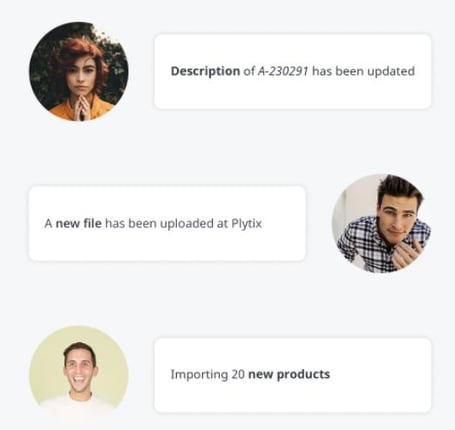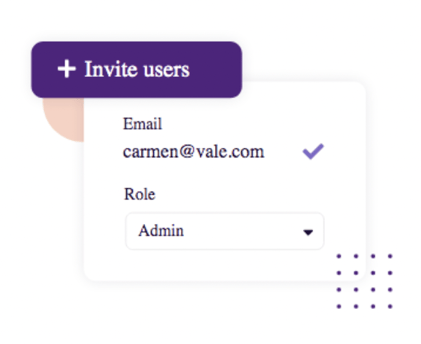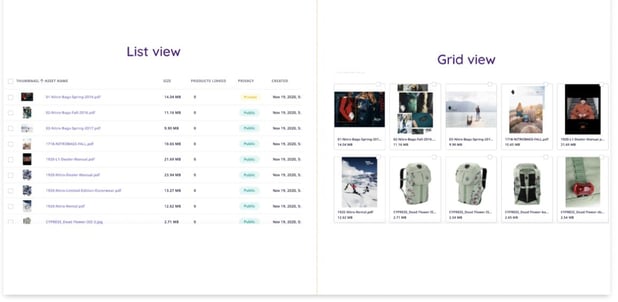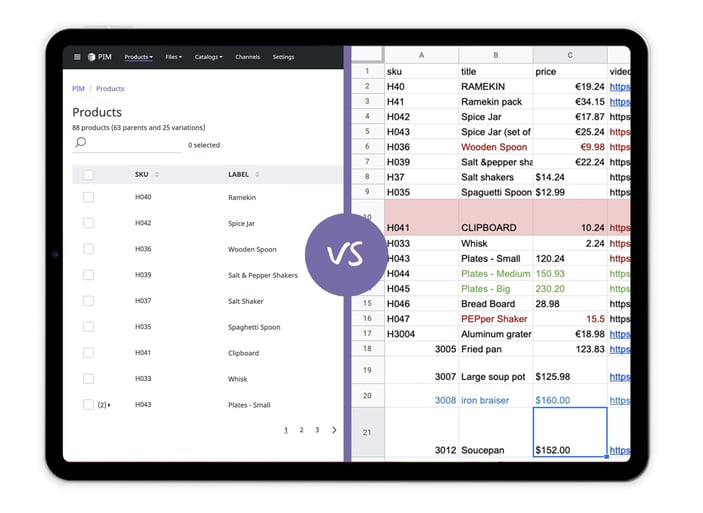Selling Online? Find Out What PIM Can Do That Spreadsheets Can't

Keep the good stuff coming
Subscribe to our blog newsletter and get monthly content that helps you manage product data smarter.
No spam. Just real value.
Quality information = happy customers. That's why the management thereof is so crucial.
Today, most small businesses manage their product information in spreadsheets. And while traditional spreadsheets can be useful for specific content, it's inefficient for product data.
Here is what Product Information Management software can do that spreadsheets can’t.
1. PIM provides a 360-degree view of your marketing data
Spreadsheets can handle a certain amount of SKUs before they bug out. (This doesn't include images because spreadsheets don't support multimedia content.) As a result, teams tend to rely on multiple sources to store their product information, which leads to scattered data.
No matter how you look at it, it's a nightmare.
Spreadsheets weren’t designed to store large volumes of content and visual assets.
In fact, studies show that 88% of spreadsheets have errors, meaning that even when using multiple spreadsheets, you can make mistakes and spend hours looking for information. A product database like Plytix, on the other hand, was designed to give users a 360-degree view of your content from one single location. Its interface is also intuitive and easy on the eyes.
2. PIM enables accurate product information
Mistakes are bound to happen; it’s human nature.
But it becomes costly when you can't monitor errors or duplicate content in real-time.
If 80% of online shoppers say that product information and images are important when deciding on purchasing a product, then why aren’t more businesses making an effort to do so?
Studies further show that:
- 40% of online shoppers have returned a product because of inaccurate information
- 30% of customers have abandoned shopping carts because of poor product descriptions
- 87% of online customers say they’re wouldn’t repurchase from a brand that had inaccurate product information
Consumers want accurate content, and spreadsheets cannot guarantee that. In this article, Ray Panko, a professor of IT management at the University of Hawaii, says, “spreadsheets, even after careful development, contain errors in 1% or more of all formula cells.” However, PIM systems have data validation capabilities that allow users to pick up on errors easier.

3. PIM improves collaboration with other teams
In ecommerce, various departments come together to ensure that the final product and customer-facing information is as it should be. When working in silos, it can result in teams spending hours looking for a specific sheet or not having access until someone else gives it.
With a product data management system such as Plytix, all-important team players can create, edit, modify and assign custom roles and permissions to multiple teams and users.

4. (Some) PIMs even have build-in DAM capabilities
If you’ve ever tried storing an image in a spreadsheet, then you know just how frustrating it can be. (Not to mention other media such as PDFs and videos.) Some PIMs come with unlimited digital asset management capabilities, allowing files to be stored alongside your product data.

5. PIM is a product database that saves you time
When dealing with product content, you need a tool that can ensure;
- Bulk editing
- Advanced filtering
- Completion tracking
- You can set up variations and relationships
However, when done on a spreadsheet, you are bound to encounter errors.
Manual data entry becomes time-consuming, which can result in lower productivity levels. If you have a multichannel ecommerce business and sell on various distribution channels, it's even more difficult to manage. But when you have a master product catalog system, you can:
- Bulk edit and do advanced filtering to make it easier to find what you’re looking for.
- Have the option to save product filters in your workflow for future references.
- Monitor your product content readiness for any channel and push optimized product content from your PIM to whichever sales platform.
- Identify variations as they are grouped to ensure they are in plain sight, easy to access, and you can edit immediately. You can also handle relationship product attributes by linking products that complement each other.
PIM vs. spreadsheets? It's a no-brainer
PIM for ecommerce is the best way to go, even if you’re a small business.
Read more about why you need a PIM tool and how it can make selling on different channels easier. Download our free white paper or book a free demo with our sales team today!

What if your product data actually worked for you?
We’ll show you how Plytix helps you stop fixing data—and start using it.
Related posts
Keep the good stuff coming
Subscribe to our blog newsletter and get monthly content that helps you manage product data smarter.
No spam. Just real value.






Think others should see this?
Go ahead and share it.